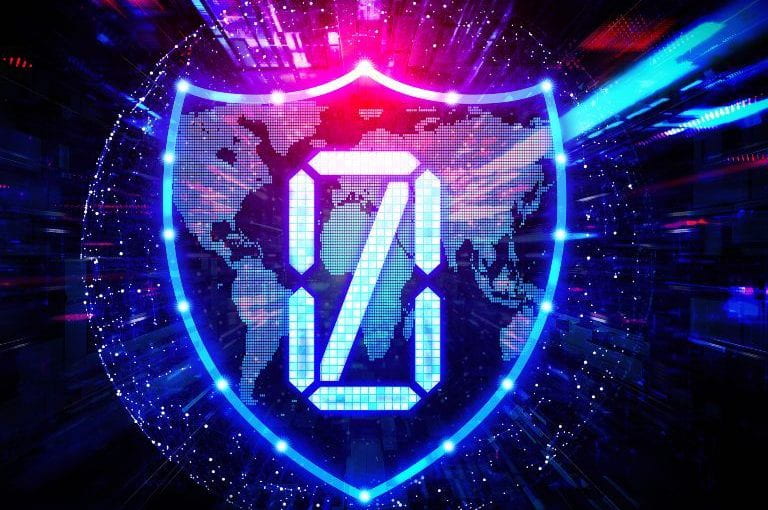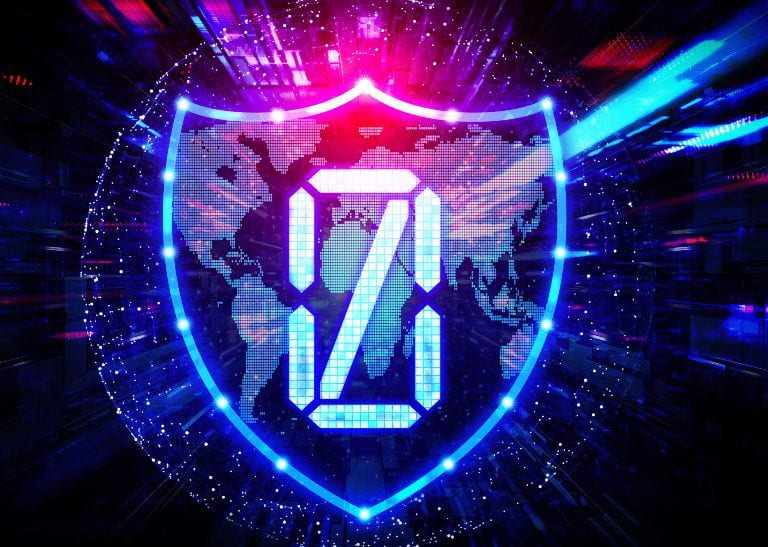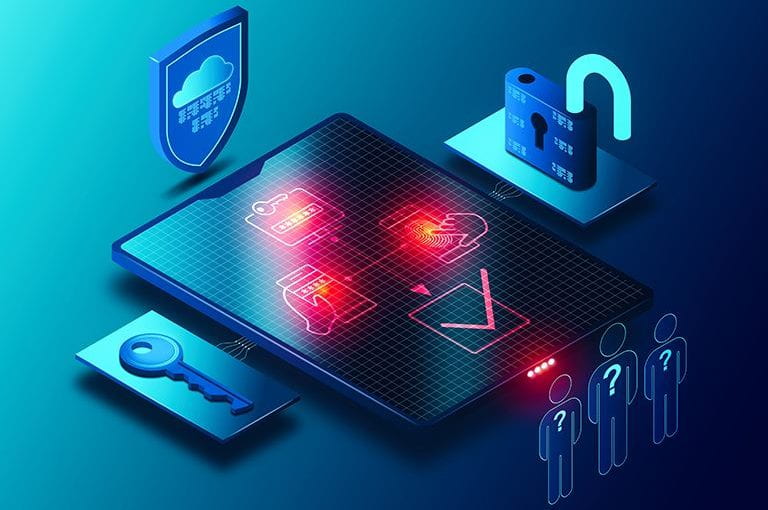Introduction
In the ever-evolving landscape of cybersecurity, enterprises are constantly challenged to fortify their defenses against a myriad of threats. Amidst this backdrop, Zero Trust emerges as a compelling paradigm, revolutionizing the way organizations approach network security. Zero Trust challenges the age-old assumption of trust at its core, advocating for a model that scrutinizes every access attempt, regardless of its origin.
Rooted in access controls, authentication mechanisms, and encryption protocols, this approach forms the bedrock of a resilient security framework. As we embark on this journey, transitioning from Part I to Part II of our series, we delve deeper into the technical nuances of Zero Trust Security. From the intricacies of implementation to the compelling reasons for its adoption, this whitepaper serves as a comprehensive guide, illuminating the path towards a more secure enterprise ecosystem.

zero-trust-security
Why Do You Need a Zero Trust Model
In today’s digital landscape, the imperative for stringent security measures has never been more pronounced. As cyber threats continue to evolve in complexity and sophistication, organizations must prioritize the implementation of robust security frameworks such as Zero Trust. Unlike traditional security paradigms that rely on perimeter defenses and implicit trust, Zero Trust advocates for a more proactive approach that incorporates stringent identity verification measures. By adopting this model, organizations can effectively mitigate the risk of data breaches and unauthorized access, safeguarding their sensitive information and proprietary assets.
Multi-factor authentication
Multi-factor authentication (MFA) emerges as a crucial component of modern cybersecurity strategies, particularly when granting access to external sources or collaborating organizations. With the proliferation of remote work and cloud-based services, organizations face increased vulnerabilities from potential security breaches. By implementing MFA, organizations can add an additional layer of protection to verify user identity and safeguard against unauthorized access attempts. This proactive approach helps to strengthen security measures and mitigate the risk of data breaches.
A risk-based security approach
To ensure the integrity and security of data and files uploaded on an organization’s network, a rectified approach to security is essential. This involves implementing measures that prioritize the protection of sensitive information and mitigate the risk of unauthorized access or data breaches. By adopting a risk-based approach, organizations can identify and prioritize their most critical assets, ensuring that they receive the highest level of protection. This may involve implementing additional security controls, such as encryption or multi-factor authentication, to safeguard sensitive data from insider threats and external attacks.
End-to-end security for devices and privileges
“Trust and verify”? No, “trust, verify, and re-verify”!
In the context of a zero-trust security model, application control plays a pivotal role in safeguarding against ransomware attacks and breach injections. By imposing strict specifications on the types of applications, devices, and accounts granted privileged access, organizations can minimize the risk of unauthorized access to sensitive data. This involves implementing controls that verify software versions, device identifiers, and centralized credentials, thereby establishing a secure framework for end-to-end security and encryption.
Monetize and surveil
Implementing various encryption methods and checkpoints for data allowance is the first step in securing an organization’s network. To ensure comprehensive protection against cyber threats, organizations must monetize and observe network traffic and users’ real-time activity. By closely monitoring the pathway of privileged access and detecting abnormal behavior, organizations can proactively identify and respond to potential security incidents before they escalate into major breaches.
Take into account the attribute-based granular access controls
In today’s interconnected business landscape, it’s essential for organizations to maintain control over data allowance, even on privileged accounts. This requires organizations to take a deep dive into the specifics of data access, including who, how, and when access is granted. By implementing robust access control mechanisms and policies, organizations can ensure that sensitive information is only accessible to authorized individuals and devices. This proactive approach helps organizations mitigate the risk of data breaches and unauthorized access attempts, safeguarding critical assets from potential threats.
Conclusion
To conclude, the Zero Trust model presents a revolutionary approach to cybersecurity, challenging traditional notions of trust and advocating for continuous verification and scrutiny. By embracing modernization trends in the IT sector, this model introduces a comprehensive framework for security, incorporating user access controls, multi-factor authentication, privilege account management, and device security checkpoints. By implementing these proactive security measures, organizations can mitigate cyber threats and prevent unauthorized data access or leakage within their network infrastructure. The Zero Trust model empowers organizations to take a proactive stance against evolving cyber threats and safeguard their valuable digital assets.


















